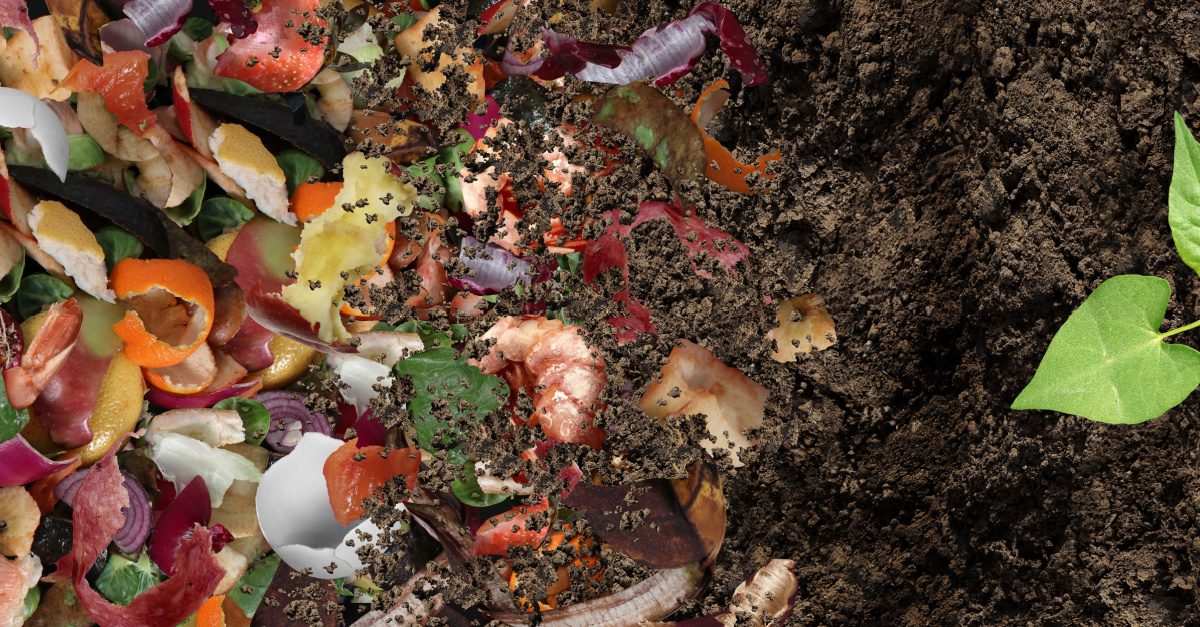
Carbon Footprint: Three ways to cut down on food waste
Reducing your food waste is a simple way to live more sustainably. Whether you’re looking to decrease your personal carbon footprint or that of your business, there are a few key steps to take to ensure that your food practices are eco-friendly. From mindful purchasing to proper storage, let’s dig deeper into some of the best ways that you can cut down on food waste.
Take an accurate inventory
The best way to eliminate waste is to purchase food you know you will consume. To do so, you’ll want first to take a full inventory of the food items you already have so you can then figure out what you’ll need to stock up on for the days or weeks ahead.
Whether you’re doing your personal food shopping or ordering on a larger scale for your business, it’s a good idea to start thinking of some meal plans at this point. This way, you can get a clearer picture of the gaps in your inventory that need to be filled and the products that don’t need to be replaced moving forward.
Store correctly
To ensure that your food items last as long as possible, you’ll need to make sure that they’re appropriately stored. When we don’t adequately seal products or store them at the correct temperature, they run the risk of expiring prematurely – making for fewer products that we can use, and more that go to waste.
It’s a good idea to always take the time to read the labels on your food packaging so that you’re aware of how to correctly store them – even if it may seem obvious, as we’re often surprised to find just how many products have unique storage requirements. You may find that certain products need to be sealed in an airtight container or that others should be exclusively kept frozen.
When you’re responsible for the health and safety of others in the workplace, getting food storage right is important. The Food Standards Agency has helpful guidelines to follow in order to ensure that you’re storing chilled food appropriately in the workplace.
Maintain appliances
Of course, you can’t store chilled or frozen food without a working refrigerator or freezer. We often assume that these appliances are working correctly, only to find that the food products inside them seem to expire much sooner than their use by dates.
To combat this, you may want to purchase a couple of kitchen thermometers to keep in your fridge and freezer. This way, you can monitor their temperatures, and make sure that they don’t get too warm. Don’t forget to keep these appliances clean and tidy to prevent mould growth and food rot which would result in food needing to be thrown out.
Keep your goal in mind
At the end of a long day, it’s easy to opt for a quick and easy meal over making use of ingredients that are going out of date imminently. Similarly, businesses may want to buy food in bulk, opting for a cheaper way of feeding their employees over purchasing food with a longer shelf life.
For this reason, it’s always important to consider the overarching goal when buying, storing and consuming food. This way, each decision you make will be with the planet’s future in mind – a great motivator for cutting down on food waste.
Visit The Sustain Chain Toolkit to access more informative, useful guidance, advice and ideas.

